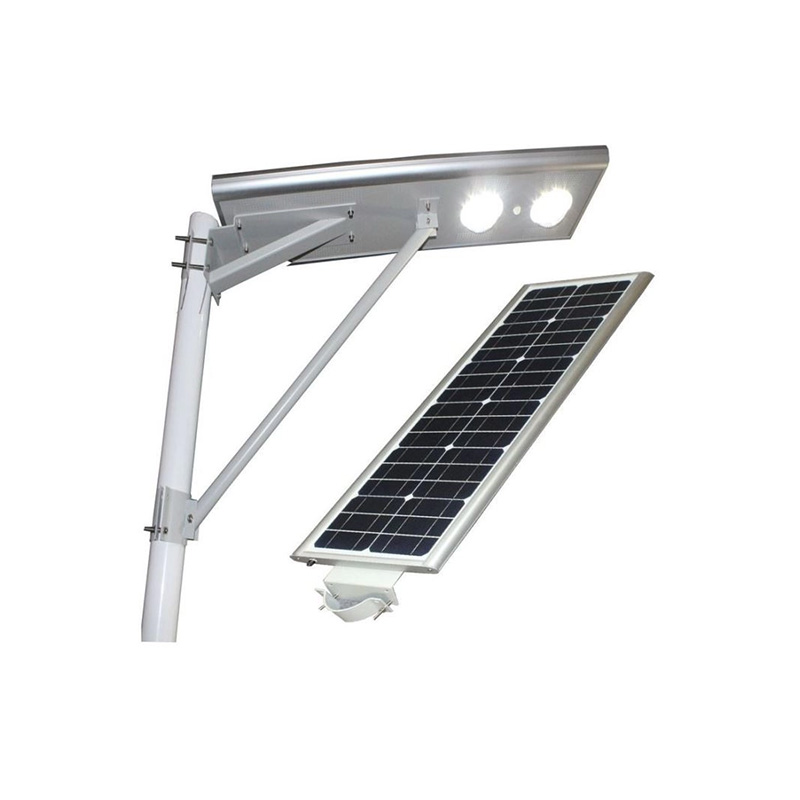
Ever notice how many street lights flicker or go dark? Aging grids waste energy and increase costs. Solar powered LED street lights fix this by cutting cables and slashing bills. Take Indonesia: after switching 10,000 units, Jakarta saved $1.2M annually in energy costs. That’s real change.
Why blast light on empty streets? Motion sensors dim lights by 70% when no one’s around. Our team saw this in action during a 2025 Manila project. Energy savings jumped 40% overnight—literally! Bonus: fewer light pollution complaints.
Cloudy weeks used to mean blackouts. Not anymore. Integrated micro-wind turbines kick in when solar panels underperform. A hybrid unit in Scotland powered lights for 17 consecutive rainy days. Reliability? Check.
Dust kills efficiency. Nano-coatings now use rainwater to slide grime off panels. A Ghanaian study showed 18% higher output from self-cleaning models after sandstorms. Less maintenance, more light—win-win.
| Feature | Basic Solar LED | Advanced Smart Units |
|---|---|---|
| Energy Source | Solar only | Solar + Wind + Grid Backup |
| Battery Life | 2-3 years | 5-7 years (LiFePO4) |
| Remote Control | ❌ Not available | ✅ Brightness scheduling |
Never use car batteries! They die within months. Only deep-cycle lithium (LiFePO4) handles daily drainage. We’ve seen projects fail by ignoring this.
Frustrated with vandalism? Singapore embedded tamper-proof screws and GPS trackers in 500 solar powered LED street lights. Vandalism dropped 90% while providing real-time outage alerts. Smart tech pays off.
Q: Do they work in snowy climates?
A: Absolutely! Models with heated panels (like ArcticBeam™) melt snow automatically.
Q: How long until ROI?
A: Typically 3-4 years. Germany’s federal data shows 62% lower TCO vs grid lights.